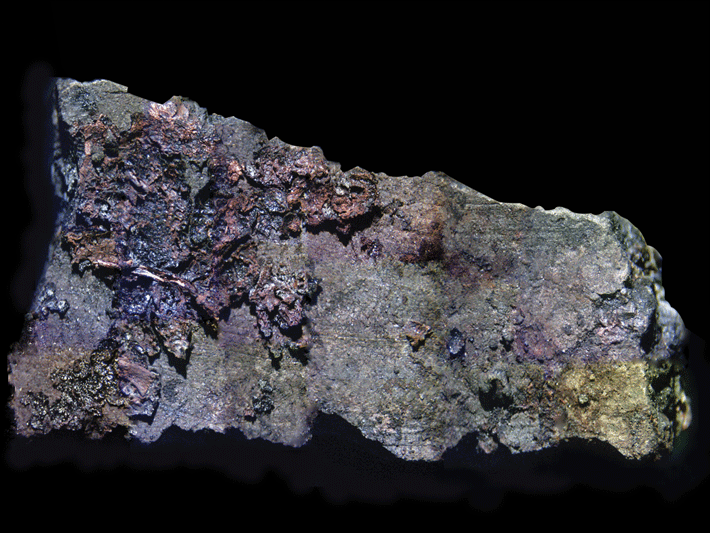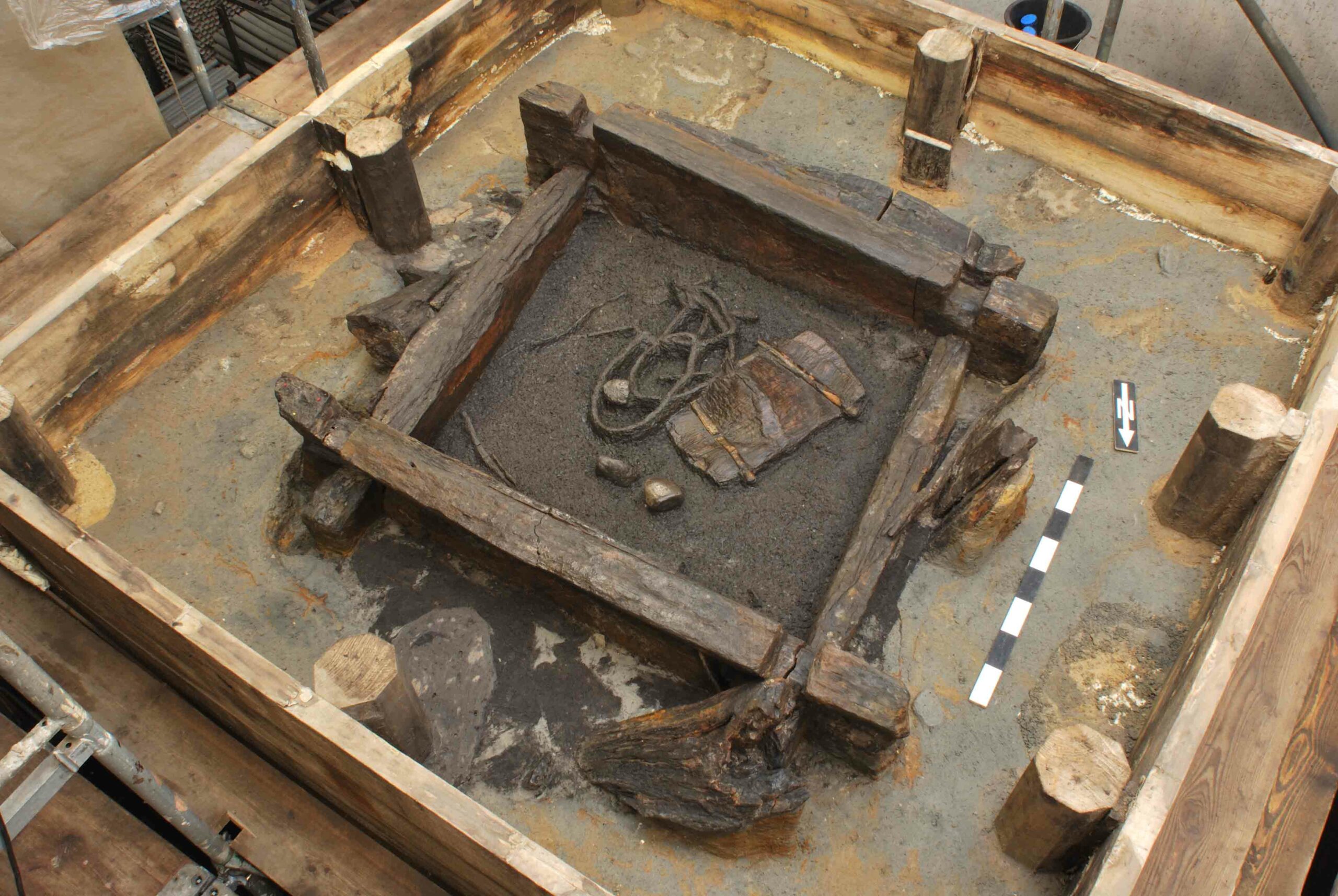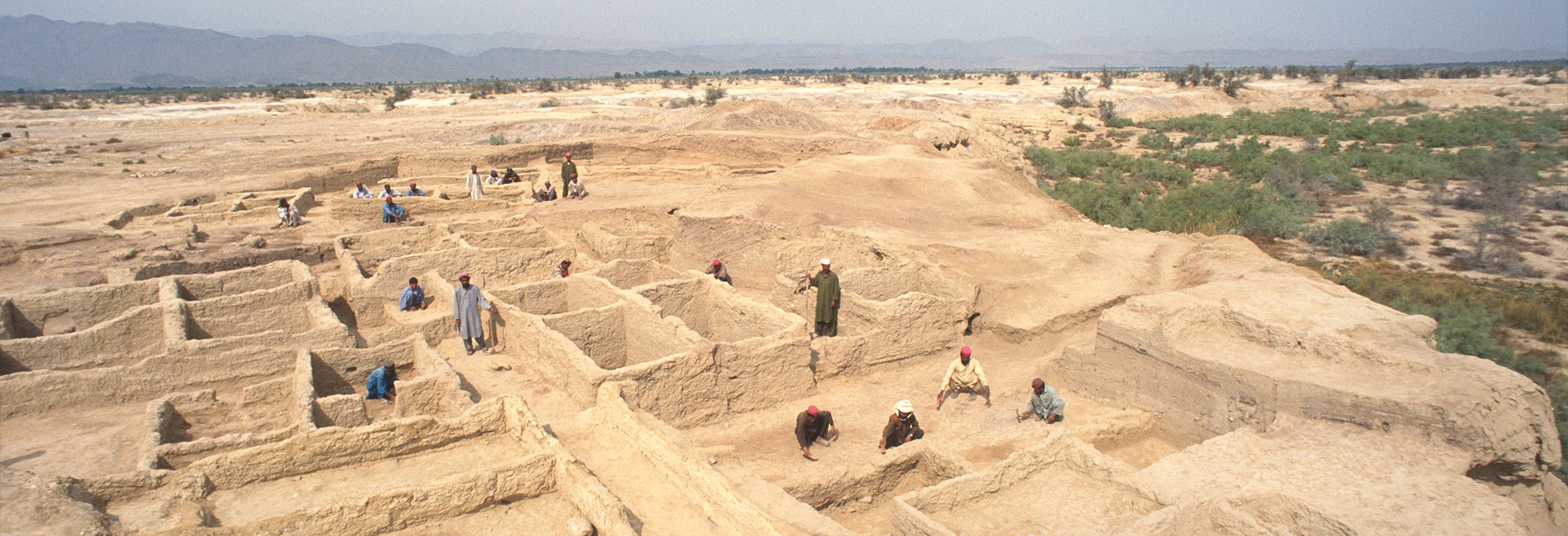
Europe’s historical hunger for tasty food—spices, specifically—helped drive the Age of Exploration. When did flavorful food become so important that it would eventually change the course of human history? It is difficult to say because plant remains rarely last, and it can be a fool’s errand to speculate how they were used thousands of years ago. Now, however, in 6,000-year-old pottery from Denmark and Germany, a team of researchers has found phytoliths, small bits of silica that form in the tissues of some plants, from garlic mustard seeds, which carry strong, peppery flavor but little nutritional value.

Because they were found alongside residues of meat and fish, the seed remnants represent the earliest known direct evidence of spicing in European cuisine. According to researcher Hayley Saul of the University of York, “It certainly contributes important information about the prehistoric roots of this practice, which eventually culminated in globally significant processes and events.”










